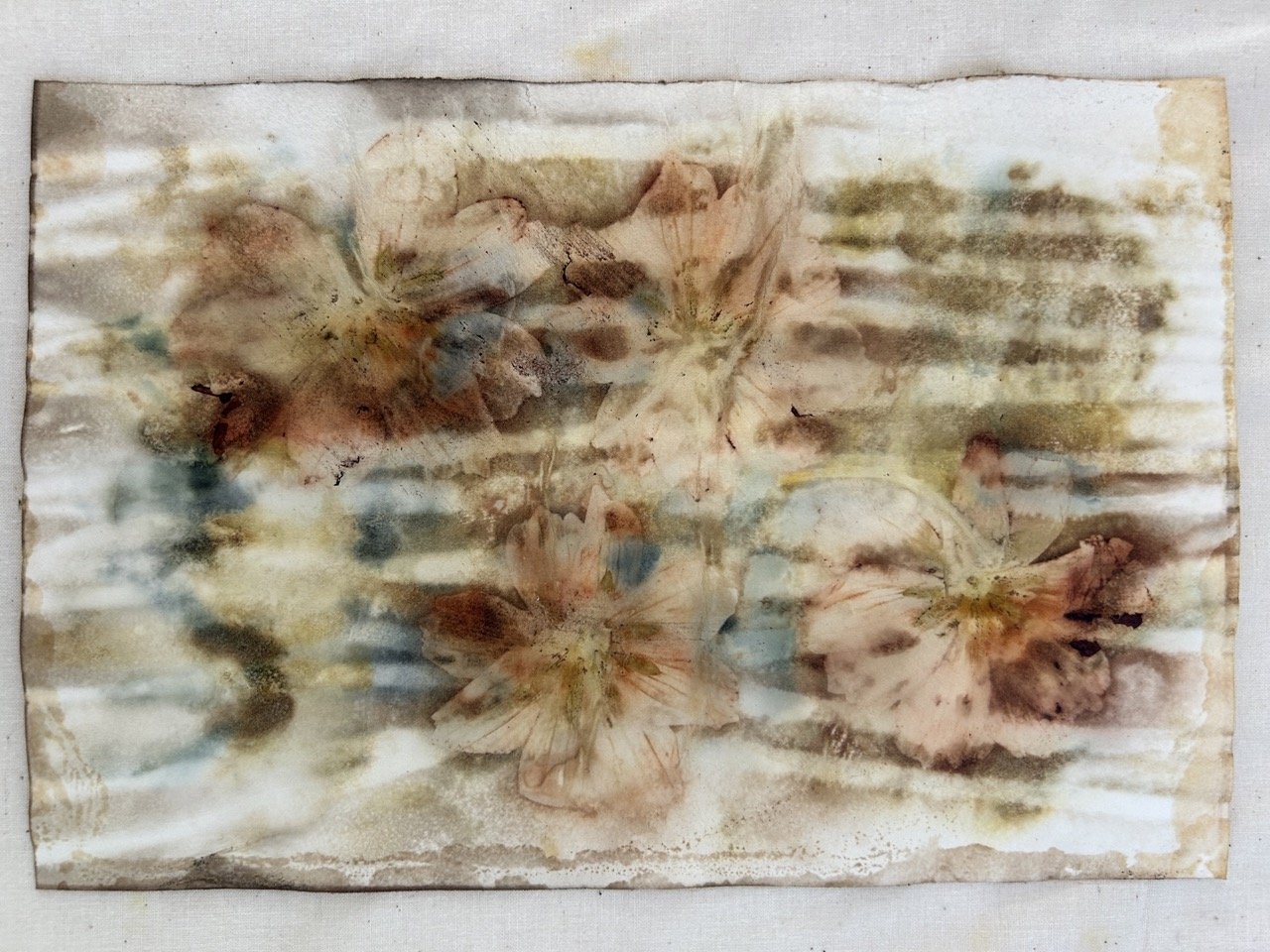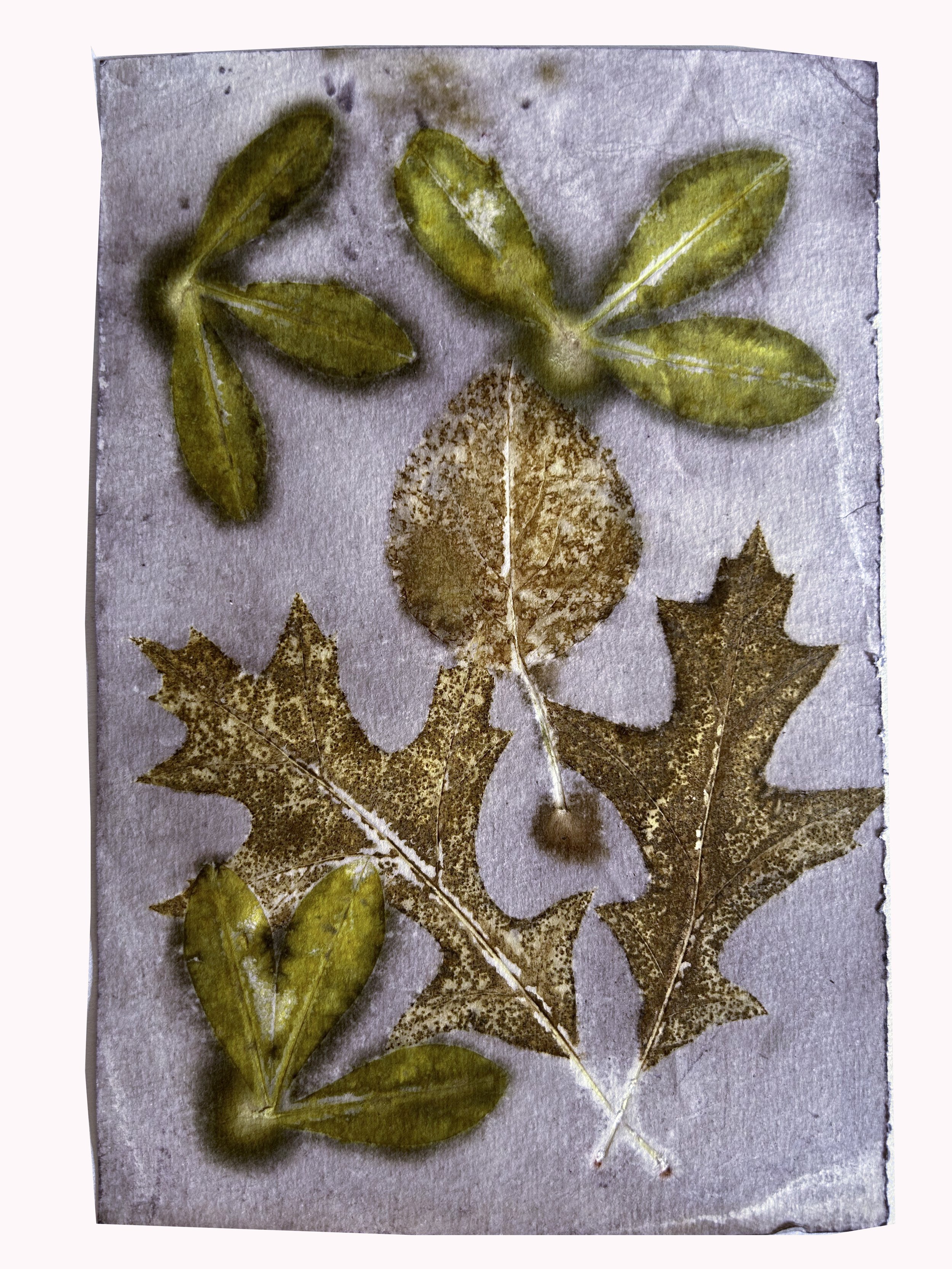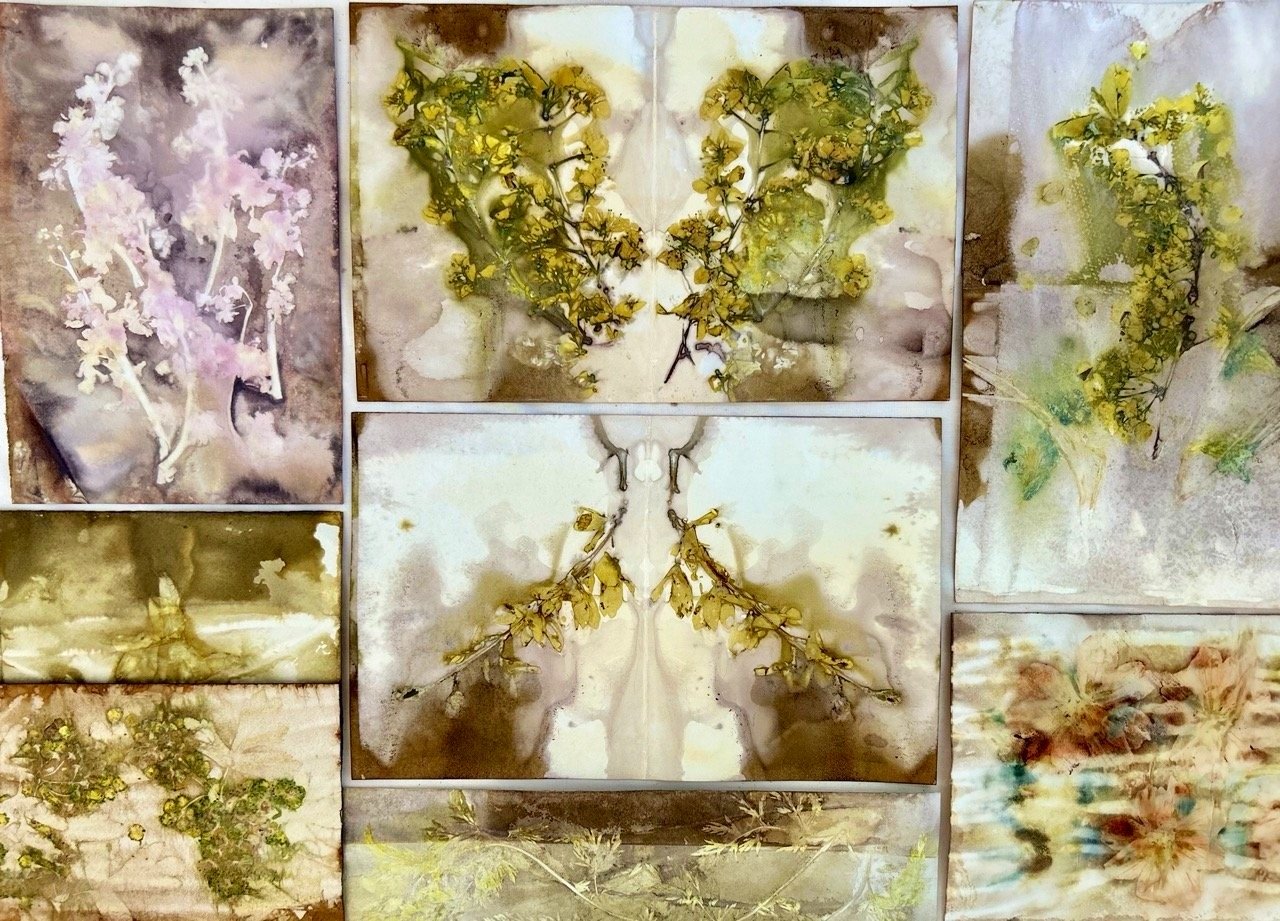
It took me some time to fully commit to the art of botanical contact printing on paper. Perhaps because of my background in fashion design, I was more enamored by the possibilities when working with fabric. However, after numerous experiments and persistent efforts, I have successfully developed reliable methods for producing captivating prints on paper using just eco-friendly metallic salts and plant materials. I am thrilled to reveal the outcomes of this journey and share these techniques with others.
In this course, participants will dive into the nuances of crafting compound mordants and fixatives to elevate the quality of prints on paper. By the course's conclusion, individuals will possess the expertise to fashion their botanically contact-printed patterns on paper, thereby imbuing ordinary objects with a distinctive artistic flair.
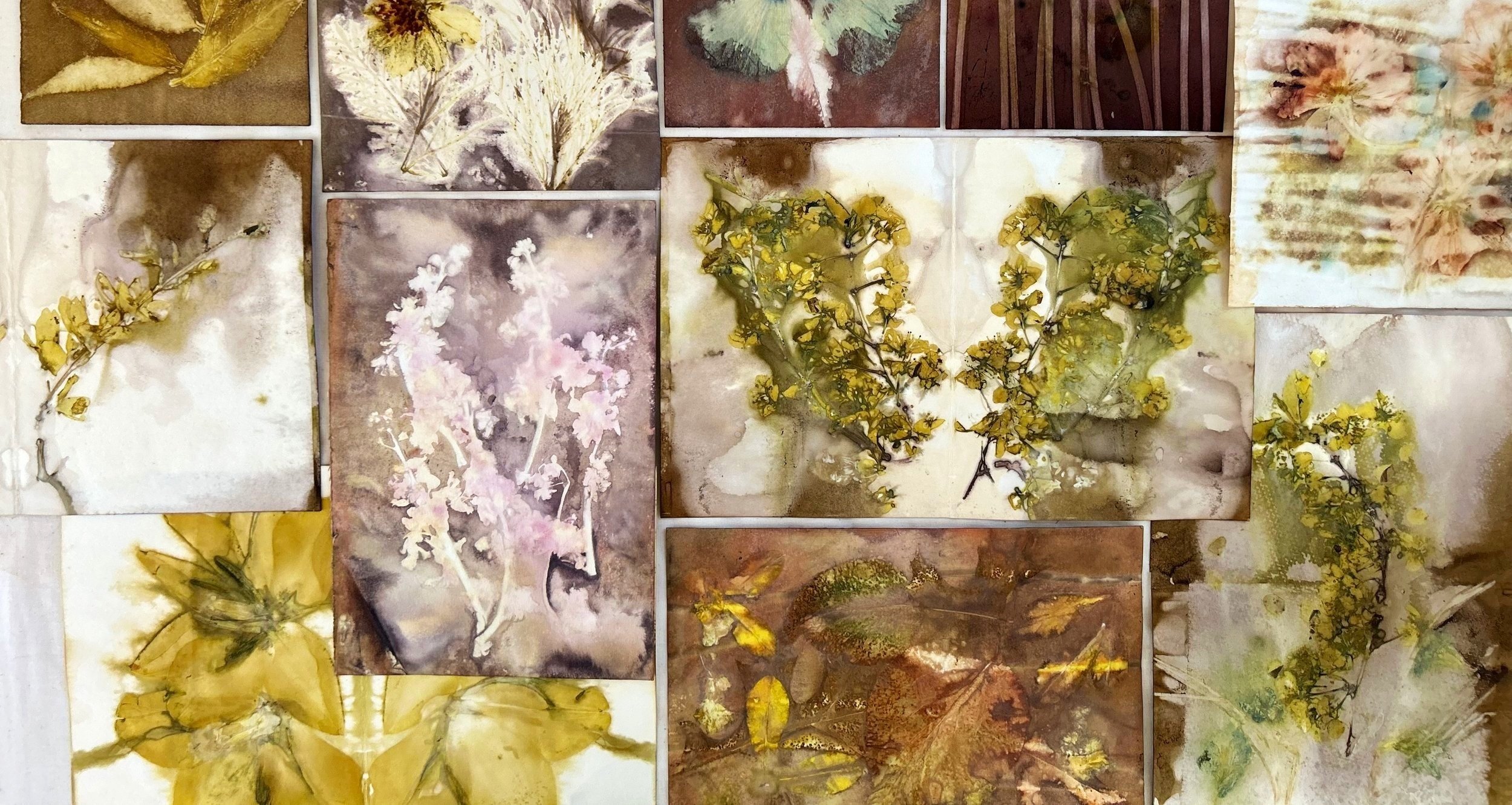
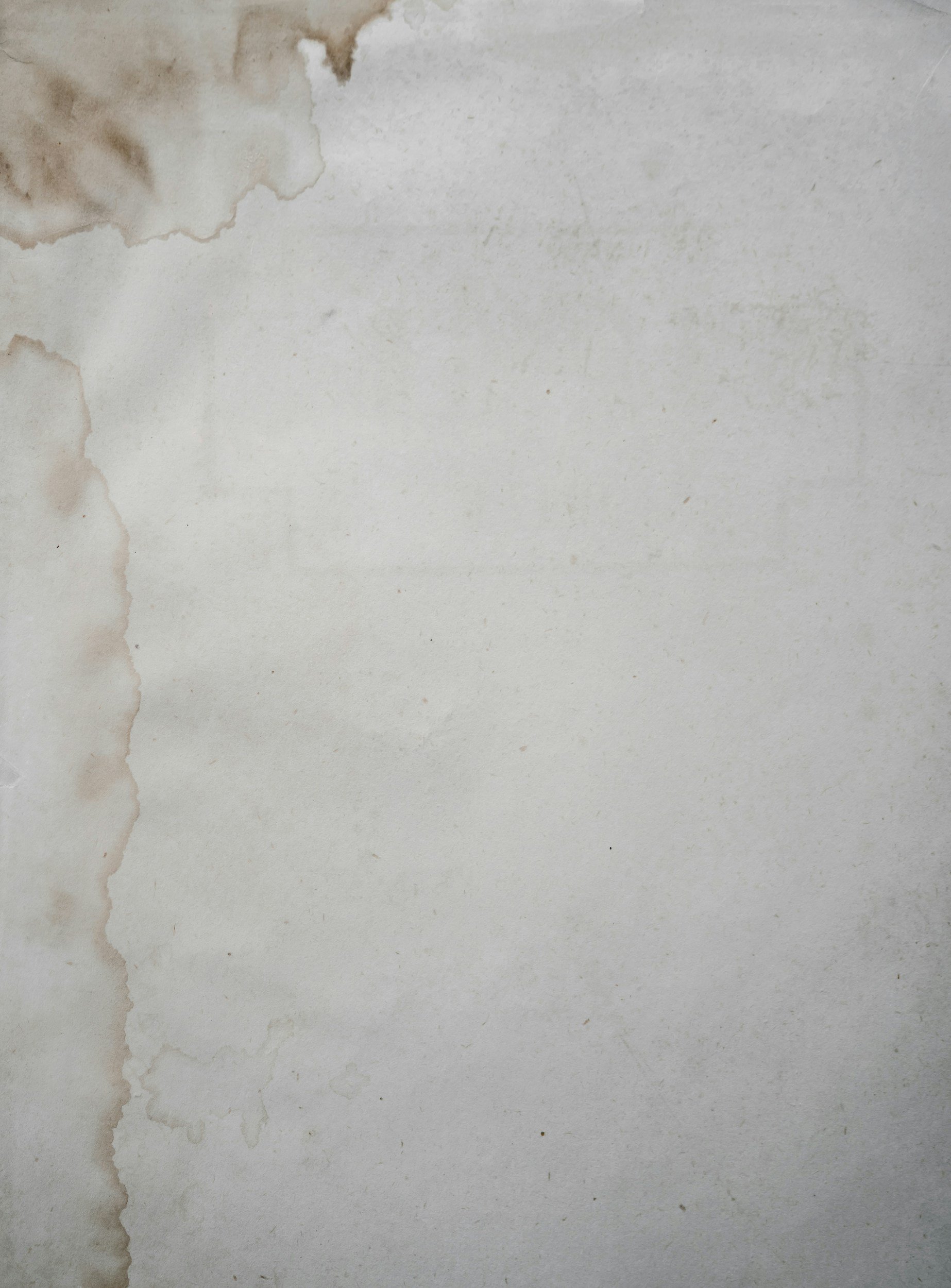
The Botanical Printing on
Paper course consists of:
The essential compound mordant recipe to prepare paper for richly pigmented botanical contact prints.
Three distinct techniques for processing paper that offer compelling results.
Tips and Tricks for Achieving Enhanced Prints on Paper:
Decorating the paper
Using Blankets
Rolling
Bundling
Submerging
Steaming
Showcasing numerous examples of works on paper that have been treated with distinct recipes and techniques, to showcase and compare the outcomes. These examples highlight how different treatments can yield diverse outcomes when preserving flowers and leaves on paper.
By employing these methods with care and creativity, you can achieve stunning prints on paper that showcase the beauty of natural dyes.
The same vegetation was used to create the two prints pictured here—but notice how different the colors are. The first image (golden yellow tones) was created by using Technique 3, where the second image (blue and green) utilized Technique 2. The first piece takes on a more ethereal quality, with the variations in color often creating a beautiful and organic appearance, where Technique 2 leaves you with a clean and precise composition and imprints that can easily be identified.
By experimenting with these differing techniques and combining them with an enhanced mordant formula, you can unleash a spectrum of possibilities that showcases the beauty of natural botanicals in your textile creations. Each approach not only brings out distinct aesthetic qualities but also reflects your personal touch as a dye artist.

